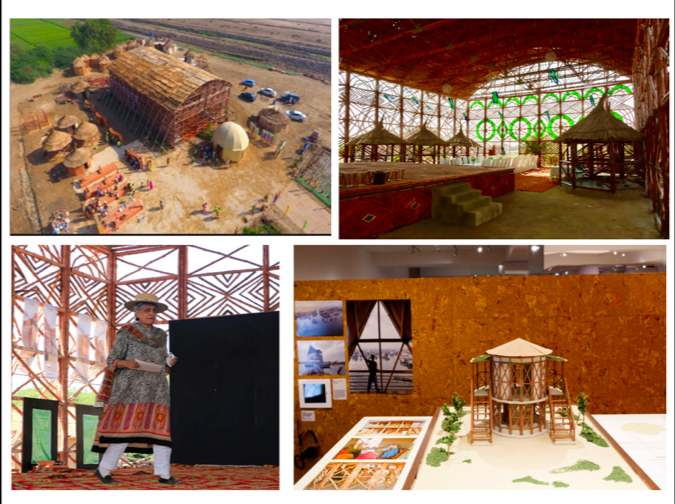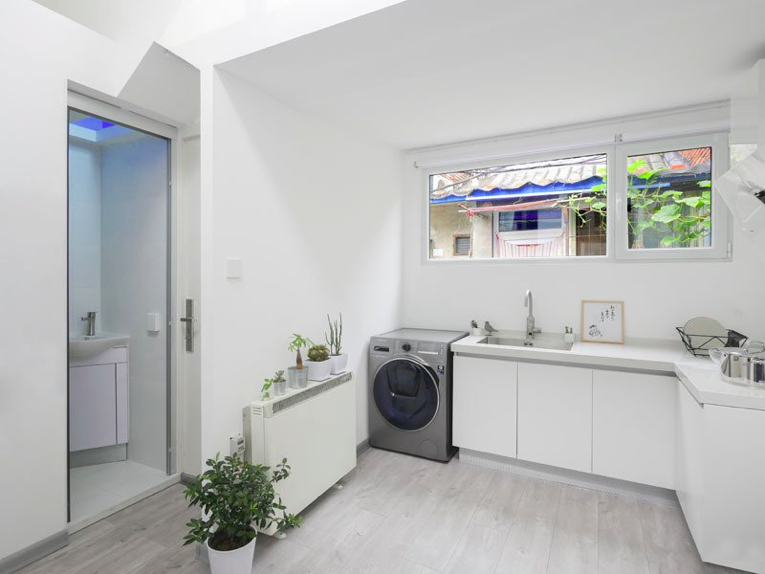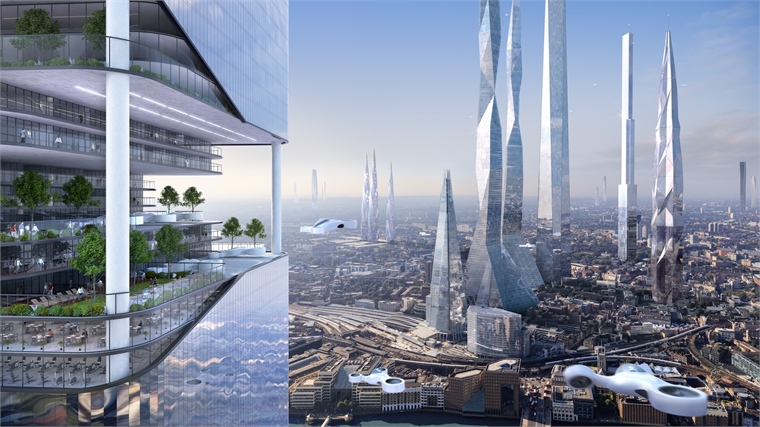Today’s lecture about sustainable living describes a lifestyle that attempts to reduce an individual’s or society’s use of the earth’s natural resources, and one’s personal resources. It is often called as “earth harmony living” or “net zero living”. The practice and general philosophy of ecological living closely follows the overall principles of sustainable development.
Studied lots of individual and commercial projects about sustainable living the most inspiring were about sustainable architecture. The idea of sustainability, or ecological design, is to ensure that our use of presently available resources does not end up having detrimental effects to our collective well-being or making it impossible to obtain resources for other applications in the long run.
yasmeen Lari she is best known for her involvement in the intersection of architecture and social justice and building low cost house her 40,000 zero-carbon shelters have been constructed. The result being that in the subsequent floods there was no loss of life, livestock or property in the areas in which Lari had worked.
Lari’s work has had a significant impact on marginalized communities not only in Pakistan but also further afield. At the time I enjoyed using expensive building materials such as large glass panels, polished granite and steel trusses, Lari said and perhaps with my present work I am atoning for the damage I caused with my earlier projects although as she points out even then she managed to build a few structures using sustainable materials.

Another beautiful example of sustainable living is Mrs. fan’s plugin house that new typology for Beijing homes. People’s architecture Office (PAO) has reinvented an old courtyard house to create a modern home in historic Beijing at a price 30 times less than a regular apartment in the Chinese capital.

The living room ceiling extends upwards to provide a double-height space with skylights on either side.

Zaha Mohammad Hadid known as (paper Architect and Queen of Curves), October 1950-31 March 2016 was a British Iraqi architect. She was the first woman to receive the Pritzker Architecture Prize, in 2004. She received the UK’s most prestigious architectural awards. She was described by The Guardian of London as the “Queen of the curve” who liberated architectural geometry giving it a whole new expressive identity.
Her major works include the London Aquatic Center for the 2012 Olympics, Michigan State University’s Board, Art Museum in the US, the Maxxi Museum in Rome, the Ganghuza Opera House in China, and the Beijing Daxing International Airport in China.


